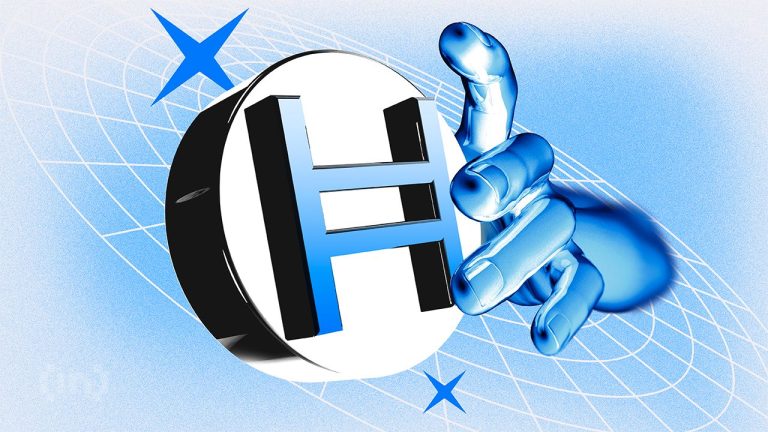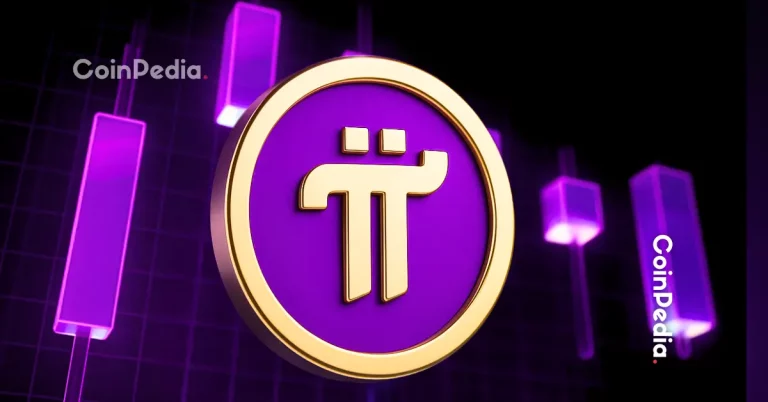
Kakao and Naver’s Groundbreaking Moves in Stablecoin Development
The South Korean fintech landscape is abuzz with major developments as Kakao and Naver dive deeper into the growing stablecoin market. With blockchain technology gaining momentum globally, these two industry giants are positioning themselves as leaders in won-backed stablecoin issuance.
Kakao Launches Blockchain-Backed “Kakao Coin”
Kakao Bank’s ambitious strides toward stablecoin development are turning heads. Under the guidance of founder Kim Beom-soo, the platform has wrapped up internal and legal reviews to pave the way for its upcoming digital currency, dubbed “Kakao Coin.” With a vast ecosystem encompassing messaging, banking, and payments, Kakao’s extensive user base could propel strong adoption.
This move arrives at a time when stablecoins already account for 30% of global on-chain crypto transactions, as highlighted by a recent TRM Labs report. Kakao’s entry into the stablecoin space could help the company become a centerpiece for future digital payments, albeit amid South Korea’s unresolved regulatory challenges.
Naver and Dunamu’s Game-Changing Merger
Another major player, Naver, is finalizing a merger with Dunamu, the operator of South Korea’s largest cryptocurrency exchange, Upbit. Valued at over 20 trillion won, this merger integrates Naver’s extensive payment infrastructure of 80 trillion won annually with Upbit’s leading crypto expertise. The result is a fintech powerhouse poised to streamline stablecoin adoption within South Korea.
Notably, the merger is expected to enable the instant distribution of stablecoins across Naver platforms. Furthermore, the partnership blends cutting-edge technologies including artificial intelligence, payments, and blockchain, signaling a transformational shift for the country’s fintech ecosystem.
The Regulatory Landscape
One of the biggest hurdles for Kakao and Naver lies in South Korea’s complex regulatory environment. Lawmakers are currently debating a dozen stablecoin-related bills, including the “Value-Stable Virtual Asset Issuance and User Protection Act,” which seeks to establish clear operational guidelines. Proposed requirements include 100% cash-backed reserves, a contingency fund, and blockchain transparency standards.
Regulatory agencies such as the Financial Services Commission (FSC) and the Bank of Korea are actively addressing licensing issues. Nevertheless, jurisdictional disputes between these institutions could slow progress, potentially delaying widespread adoption of Kakao Coin and Naver-Dunamu stablecoins.
What This Means for South Korea’s Fintech Market
As global players like Tether and Circle contend with South Korea’s licensing requirements, Kakao and Naver have the advantage of deep local expertise. Both companies are well-positioned to redefine digital payments in South Korea, provided regulatory clarity is achieved soon.
For now, both Kakao’s blockchain capabilities and Naver-Dunamu’s extensive reach represent strong foundations for a stablecoin-powered financial future.
Ready to Leverage the Crypto Revolution?
If you’re gearing up to explore the world of innovative crypto and stablecoin technologies, ensure you’re equipped with cutting-edge devices. The Ledger Nano X Hardware Wallet is the perfect companion for secure cryptocurrency storage—a smart choice for both beginners and veterans in the crypto market.



